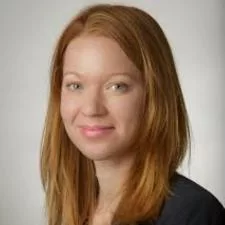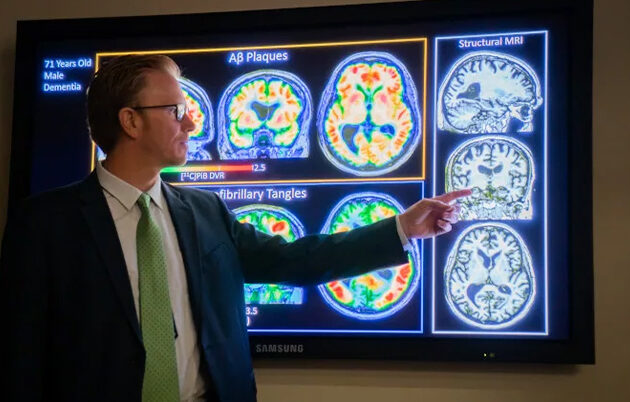“Our findings suggest that inadequate insurance or access to care is part of the reason for this low take-up of lung cancer screening, particularly among men,’’ Myerson said. “These findings imply policies expanding access to health insurance can actually prevent lung cancer deaths by increasing take-up of lung cancer screening, which paves the way to early detection and treatment.”
The study did not show an increase in CT scans for high-risk women, possibly because more of them had been obtaining regular medical care and had already been screened.
“This impact among high-risk men is important because high-risk men were more likely than women to use health care infrequently or lack a usual source of care before age 65,’’ Myerson said.
Myerson and Jiren Sun, a graduate student and doctoral candidate studying biomedical data science, analyzed data from 10,951 high-risk people in their mid-60s, spanning the period before and after their eligibility for Medicare. High-risk people who were eligible for screening were those ages 55 to 80 with a smoking history of 30 pack-years. This means they had smoked a pack of cigarettes a day for 30 years or two packs a day for 15 years. During the 2017 to 2019 timeframe of this study, the U.S. Preventive Services Task Force recommended that smokers and ex-smokers who had smoked for 30 pack years be screened. More recently, the recommendation has dropped to include those with 20 pack-years of smoking.
Even though gaining Medicare coverage and having a free “Welcome to Medicare” visit at age 65 did improve screening, levels remained low, with less than 25% of all high-risk people getting annual screenings.
“For some patients, health insurance coverage is not enough to move the needle on screening,’’ Myerson said. “Other methods such as education and outreach to physicians, addressing remaining barriers to care for patients, or using electronic medical records to systematically identify relevant patients could be helpful to further increase screening.”
Marcelo Coca Perraillon of the University of Colorado also was a member of the research team.


